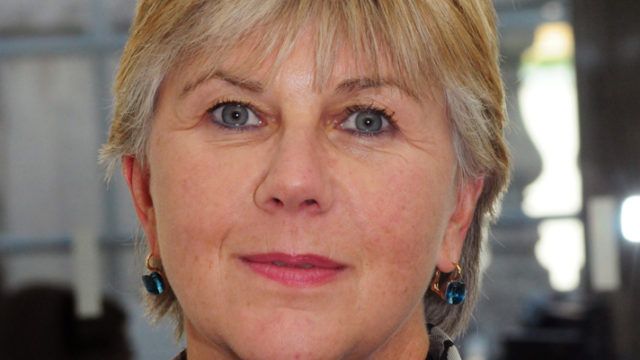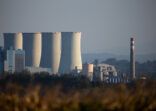Sandra Carlisle, HSBC Global Asset Management
In early May, HSBC Global Asset Management launched in Hong Kong the Global Lower Carbon Equity Fund and the Global Lower Carbon Bond Fund. The Luxembourg-domiciled Sicav funds have been operating since September 2017, when they were registered for sale in Singapore, among other countries.
The two funds are based on the firm’s core global equity and bond strategies, whose process was enhanced by adding the evaluation of the carbon footprint of individual holdings and of the portfolios as a whole.
“The carbon reduction is not an overlay, it is a key feature of both funds,” Sandra Carlisle, London-based head of responsible investment specialists at HSBC Global Asset Management, told FSA. While using existing strategies with long track records, “[each fund] is essentially a new strategy with the carbon characteristics ‘baked’ into it as part of the overall investment strategy.”
The process uses two measures of carbon emissions: the carbon footprint – the total amount of CO2 produced by a company, and carbon intensity – the amount of CO2 emitted for each $1m of revenue.
The carbon footprint measure for each company is provided by a third-party research firm. It takes into account direct emissions of carbon, from sources owned by the company, such as factories and vehicles, as well as indirect emissions, generated from resources the company buys, such as electricity. It does not, however, include indirect emissions generated by its products after sale, employees commuting, business travel, or product distribution.
The equity portfolio aims to reduce the carbon footprint by 50% with respect to the benchmark, the MSCI World Index. It is a quantitative multi-factor strategy that operates without a fund manager making active investment decisions.
High return/high emissions
The incorporation of the carbon consideration does not mean exclusion of certain companies or sectors, she said. The multi-factor optimisation algorithm is flexible and allows companies with a higher carbon footprint, if they also offer attractive returns.
The aggregate reduction of the carbon footprint is achieved by averaging the securities in the portfolio.
In particular, the carbon-intensive energy sector is not summarily excluded. Instead, HSBC’s responsible investment team aims to influence the companies the fund holds, through voting of shares and directly, on improving their carbon footprint.
“We believe that the energy sector has to help us transition to a lower carbon economy,” Carlisle said. “By taking them out [of the portfolio] we are both giving up on their potential performance as they change their business model and capture that opportunity, and on the ability to engage with them and push them in a low carbon direction.”
Bond fund and carbon
HSBC’s bond fund aims to reduce its carbon footprint by at least 40% with respect to its benchmark, the Bloomberg Barclays Global Aggregate Corporates Diversified Index USD-hedged. This fund is actively managed by Beatrice de Saint-Leve and Jerry Samet.
The process is different than that of the equity fund, as it initially excludes 20% of the most carbon-intensive issuers in the index, but then adds back companies whose carbon intensity is better than the average of the benchmark. This helps avoid big sector distortions, according to Carlisle.
While the demand for this fund comes predominantly from institutional investors, including some in Asia, Carlisle said that individual investors increasingly recognise the effects of pollution and climate change and want to invest accordingly.
At the end of February 2018, the AUM in the equity fund was $32.6m and that of the bond fund was $49.9m, according to the funds’ fact sheets.

















